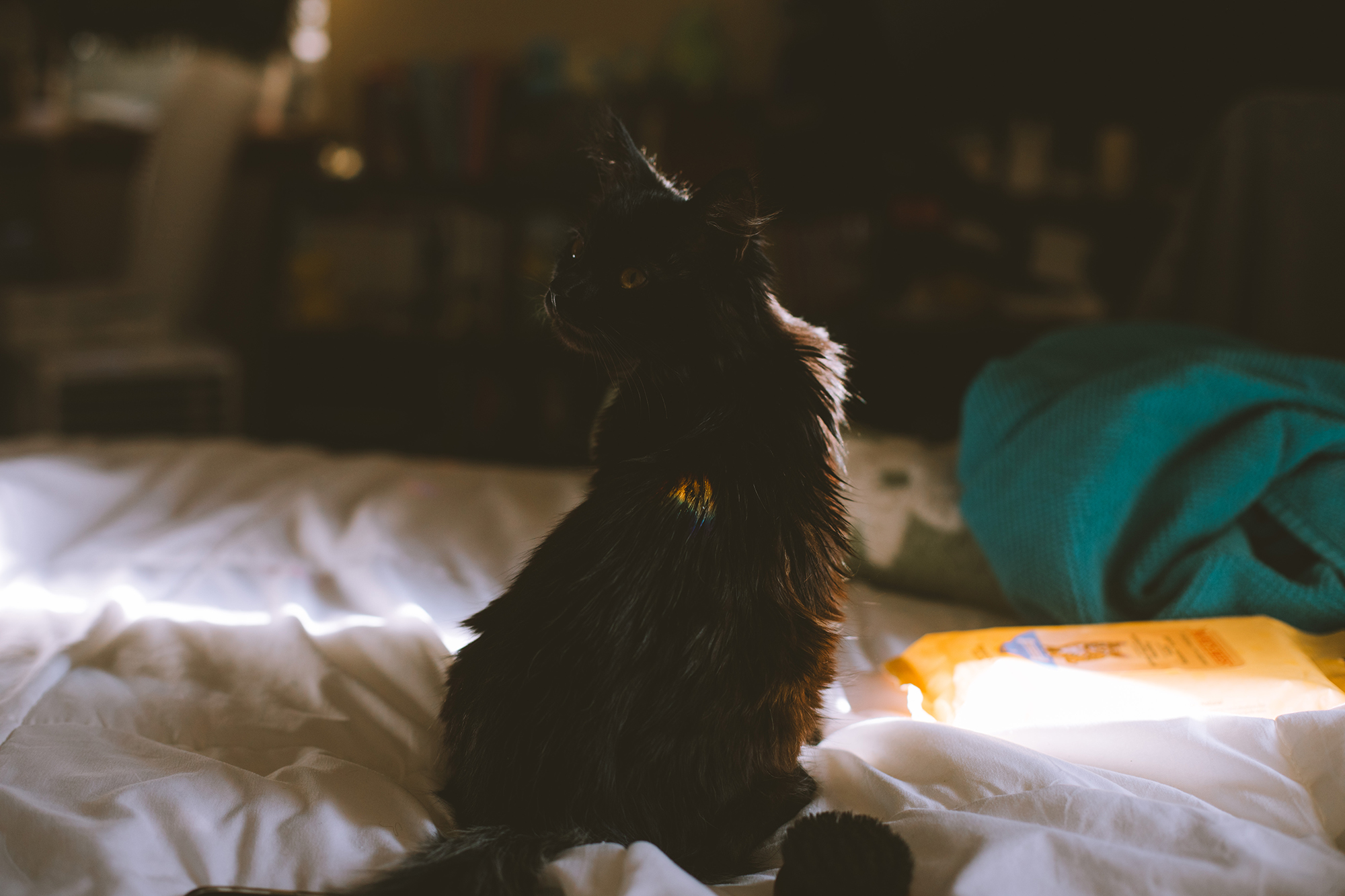Counting breaths, tracing comet tails : Day 01
The morning is a new day. A fresh start. And a hope for a better one. We woke up to the sun beaming through the curtains, and Mio sleeping at our feet like he has been the past few days. He looked uncomfortable, and his eyes were glassy and squinting.
None of us slept very well, it seems. We were all exhausted, and my eyes stung from yesterday’s tears. This journey really will be a long one, I thought.
After discussing our first attempt last night, and with the recommendation from our support team, we decided to give him another full injection this morning, restarting our counter. I was as determined as ever to ensure he had his injection done properly — every. day. matters. Suffice to say in the case of FIP, sometimes every hour is more precious than the last. There was still some leakage, so we tried again with 0.4ml (a half-dose). It’s absolutely crucial for his treatment that he receives his full dosage every single day. This time, he definitely reacted to the sting of the medication, and a hard bite from him was a worthwhile sacrifice knowing it had worked.
We cleaned up his fur with a bit of dawn dish soap and some warm water, and gave him a good helping of churu. After setting him back down on the bed, and before we could start cleaning our makeshift station, Mio had jumped down on his own and trotted over to the bathroom. We were so amazed that he had come over by himself, let alone jump down on his own! He had trouble with this yesterday, which, along with him not eating breakfast, had prompted us to go to the ER.
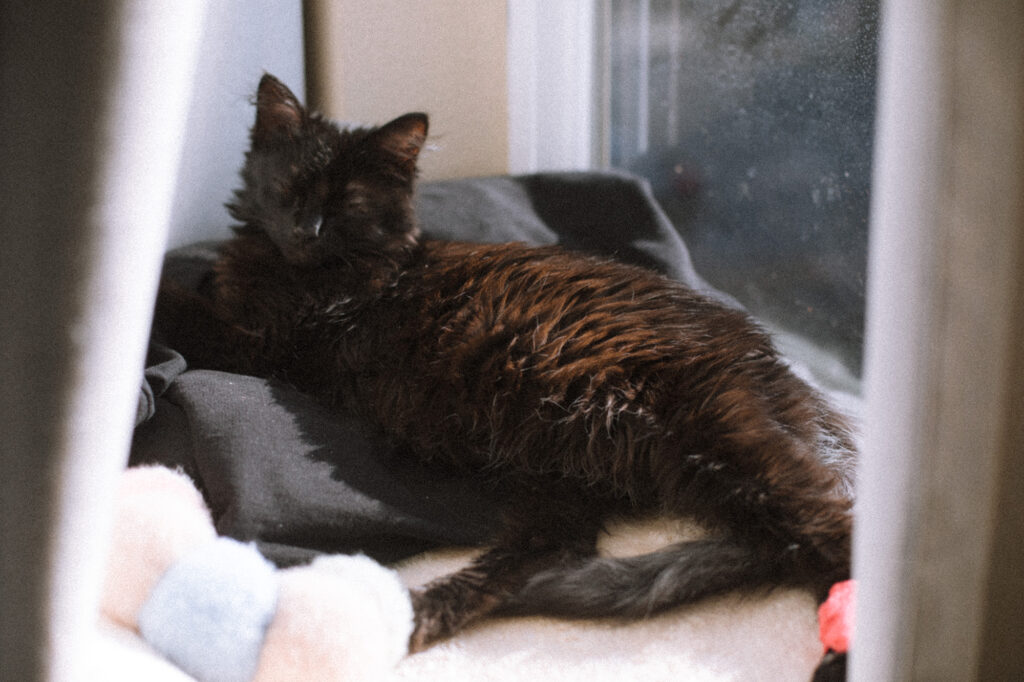
A cautious optimism creeped inside our hearts: are the effects of the medicine really so immediate? We were worried about his fever still, but assumed he felt alright enough to be sunbathing in the morning light. I closed my eyes and napped until about noon, feeling a bit of relief.
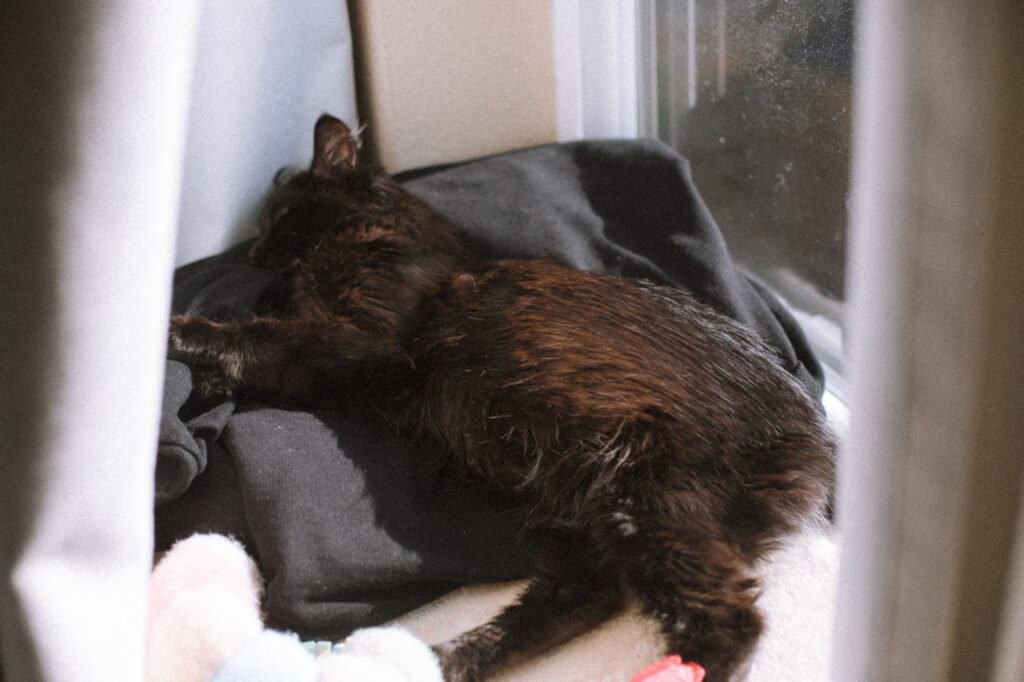
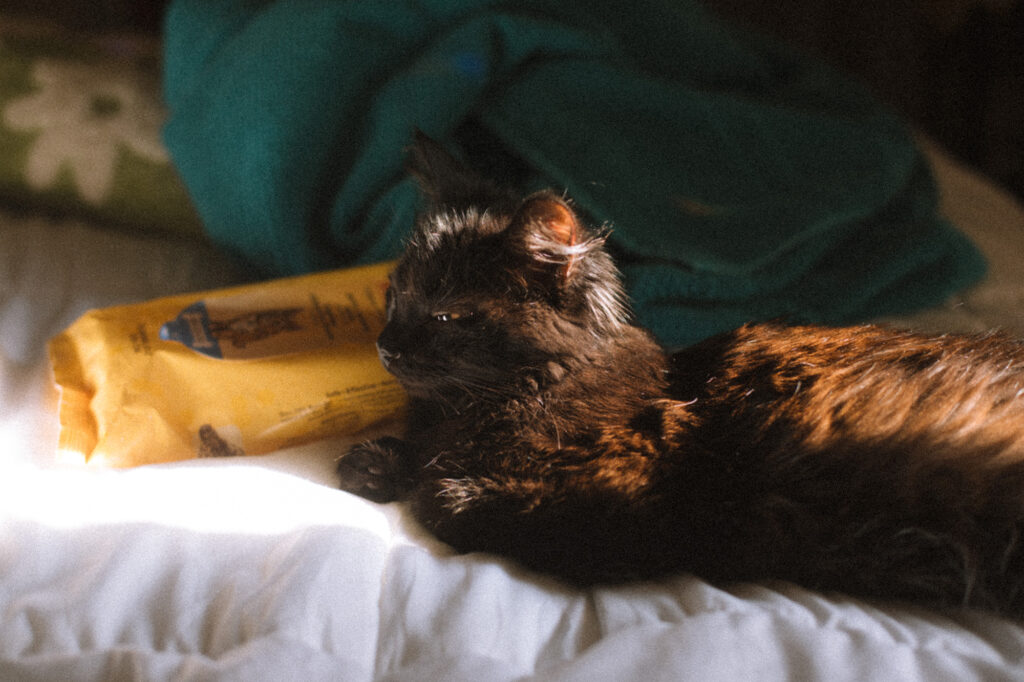
It seemed we weren’t out of the woods yet, however. Mio’s breathing was quicker than we were comfortable with, and knowing that FIP can quickly affect the heart and lungs made us act fast. We got our bag ready again and headed back to the emergency hospital.

His lungs were louder than they should be, they said. He was also quite toasty (a fever of 104.9°F). A quick ultrasound revealed what they called “b-lines” or “comet tails.” These were abnormal and possibly indicative of fluid in his lungs. So we waited and waited for our turn to get x-rays. It broke our hearts watching him shiver in an oxygen chamber, but after awhile it seemed he felt comfortable enough to loaf. Waiting during an emergency is so, so excruciating.
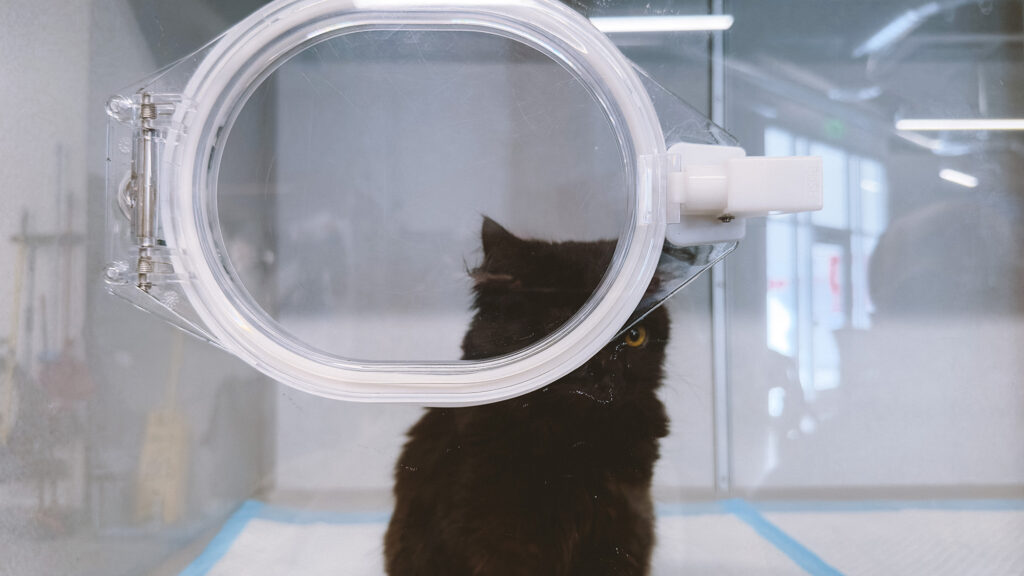
Our little astronaut.
We briefly followed the technicians to the radiograph room, where they set him up on an immobilizer trough. In spite of all the anguish and uncertainty, I couldn’t help but think he looked a little silly with his belly up and legs. We shuffled back over to the oxygen chamber and waited more. It felt like being in an emergency hospital was a whole lot of “hurry up and wait.”
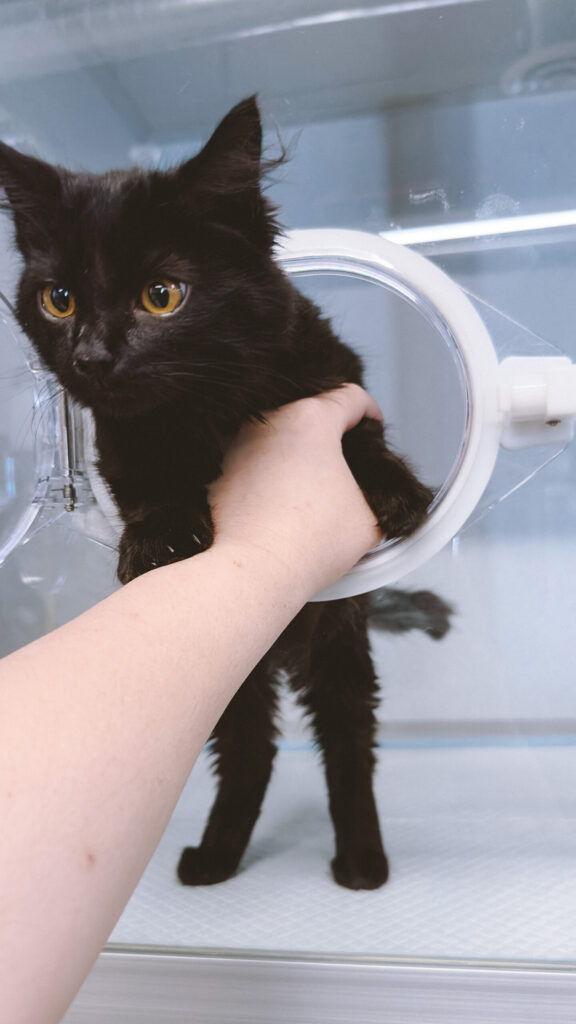
Mio making an escape attempt, wanting to be held.
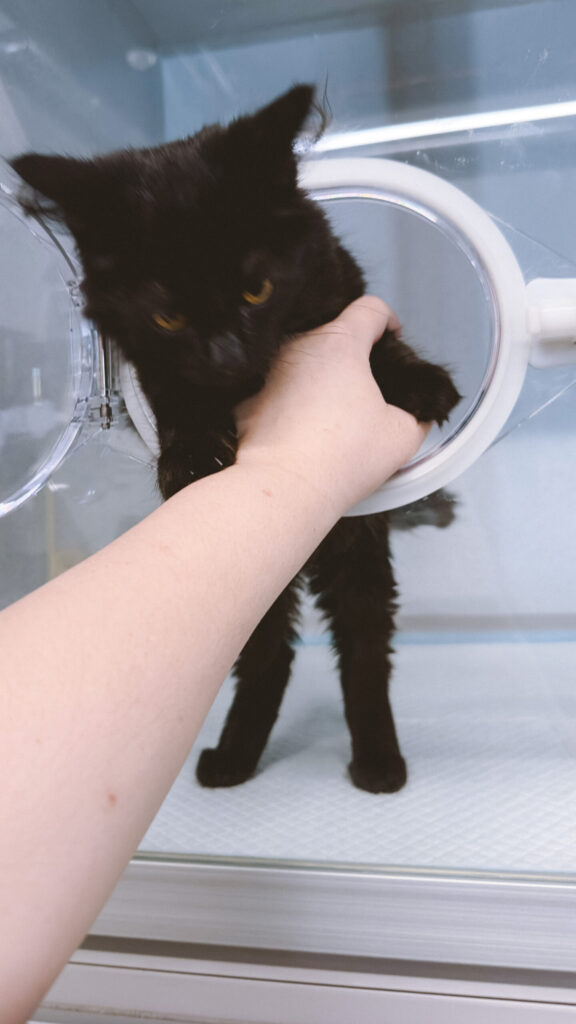
His Kubrick stare, as Gourd called it.
After hours and hours of being at the hospital (understandably due to critical cases all throughout the day), we got the go-ahead to continue supportive care at home. His condition had stabilized and he seemed to be doing well without the assisted oxygen. While being admitted to the hospital could ensure constant monitoring and the best care available, the stress and anxiety it caused him felt like it would do more harm than good. We were told that stress is an especially nasty trigger for FIP, and couldn’t bring ourselves to be at home without him. And I’m sure he felt the same.
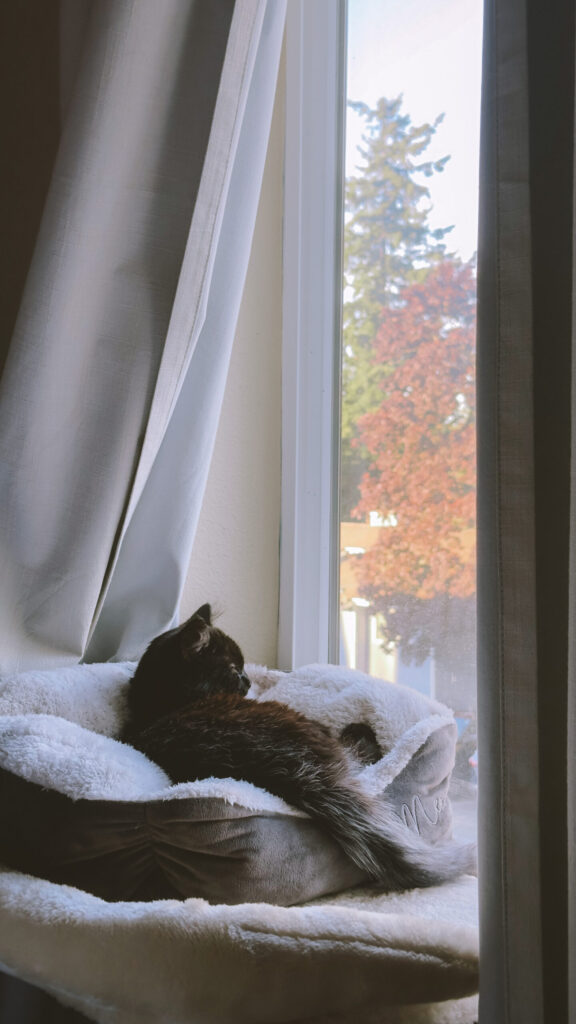
We had been expecting IKEA deliveries today, and it seems Mio did not want to miss his inspection duties. To our great surprise, he walked all the way down the stairs by himself and kept circling around us and rubbing against our legs, sniffing the boxes that came in. It’s humbling how you come to notice and appreciate even the smallest changes.
Some things I learned today:
Pleural Effusion
Pleural effusion is the abnormal accumulation of fluid in the chest cavity. Fluid accumulates in the pleural sac, not the lungs, so the lungs are essentially floating in a chest full of fluid. This fluid occupies space within the chest, so the lungs cannot expand as fully as they should.
Feline infectious peritonitis (FIP) This syndrome is caused by a mutated form of a feline coronavirus. In some cats, infection with mutated coronavirus can lead to blood vessel damage, which results in fluid leakage. When FIP affects the chest cavity, pleural effusion results. — VCA
Immobilizer Trough
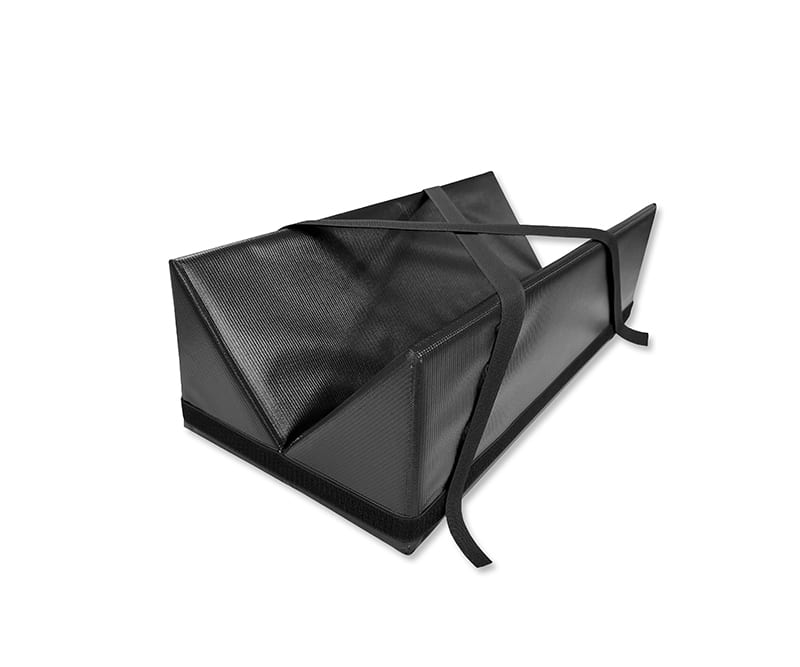
B-lines / comet tails
B-lines, also referred to as comet tails, are vertical artifacts that appear as echogenic lines and extend from the pleural line into the lung parenchyma. They are created by discreet short path reverberation artifacts due to interstitial edema, increased fluid, or fibrosis in the interlobular septae. They are well-defined unless they become confluent.
The B-lines tend to extend through the lung field and do not become less bright, unlike A-lines, which tend to become less echogenic with depth. They also erase or cancel out the A-lines, and it is important to note that they move with respiration. One to two B-lines may be seen in some elderly individuals in the lung bases. It is considered an abnormal finding if three or more B-lines are identified in an intercostal space. — POCUS
